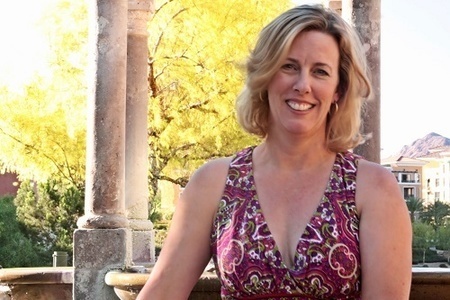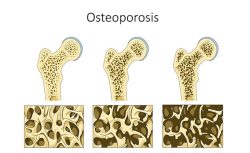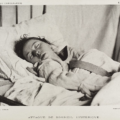For a website devoted to women’s hormone health research, I seem to write a lot about the current economic and political situation. That may seem odd on the surface, but a deeper dive reveals an inextricable connection. The recession has forced American values into re-alignment and like or not, health is at the center. And women’s health, because we bear children, is at the nexus.
As a woman, who has born children, I take offense to the fact that in political, economic and healthcare debates, women have become no more than walking uteri. From both the political Left and Right, our choices to bear or not bear children seem to represent the sum total of the interest in our health. Sometimes our breast health is considered and on a rare occasion other aspects of our physiology enter into public discourse and even research, but mostly it is our childbearing that garners the attention.
Even so, the pretense that the debates currently dominating the public arena involve anything closely related to women or health is false. These are debates about money and power—getting it and keeping it– and we are simply the tokens of that economy. But we don’t have to be, because as walking uteri, they have failed to recognize one important point- we can walk the other direction.
Although we are only 50% of the population, we consume 80% of the medical care and we control the medical decision-making in most families – that is our power. The makers of HRT know this all too well. They saw their profits drop by as much 70% when the unfounded marketing claims that HRT cured everything came to light. Millions of women transferred their consumer purchasing power to the bio-identical hormone, nutraceutical and other health-related industries. As hospitals began dictating C-sections, a whole movement of home-birth evolved; home-birth in the 21st century- who could have predicted that? As more and more toxins are found in our foods and especially baby products, companies marketing healthy, organic products are born. Our uteri are walking right out the door and creating entire industries that place health and well-being center stage.
So, while politicians covet big money from the corporations that obliterated the economy and decimated women’s health; while protestors protest the profligate practices of Wall Street (finally) and pundits decide which side of the ratings fence they are on, women are quietly re-building the economy. Inc.com indicates that women lead 40% of all business in the US (2010), but received less than 8% of investment capital. Perhaps as a result of the lower capital, we are better at bootstrapping, have higher growth, better returns and our businesses succeed more frequently than companies led by men. Our companies are less risky; none of the high-flying financial shenanigans that got us into this mess in the first place. Perhaps because of the inequities in healthcare and research perpetrated on women by men interested only in the functionality of our collective uteri, we’re building companies that address women’s health-beyond the uterus. Companies like Lucine, and many, many others.
Are the attempts to de-fund women’s health important, even though they pertain to the most narrow definition of health? Yes. They serve as a reminder that we have more power than we think. We are the consumer market that matters. We can take our consumer buying power and our voting power elsewhere. We can create the industries that matter to us. In doing so, we repair what David Brooks called the ‘moral fabric of our economy.’
Hormone health research and diagnostics matter to me and my colleagues at Lucine. What matters to you?



















